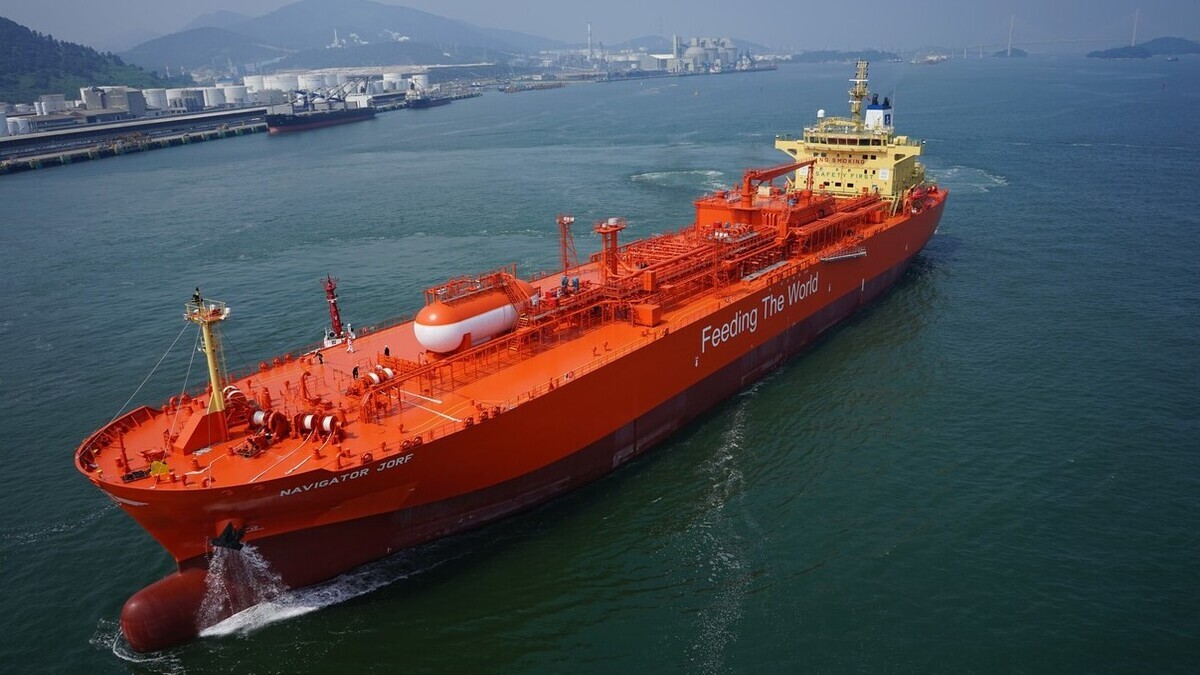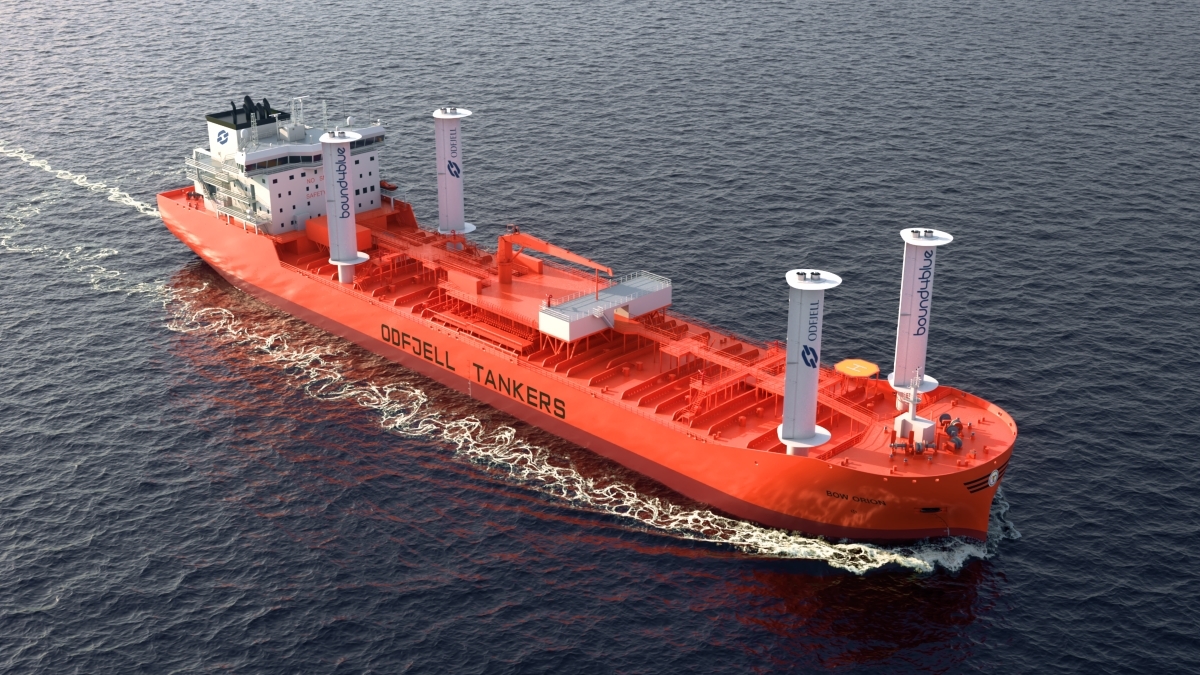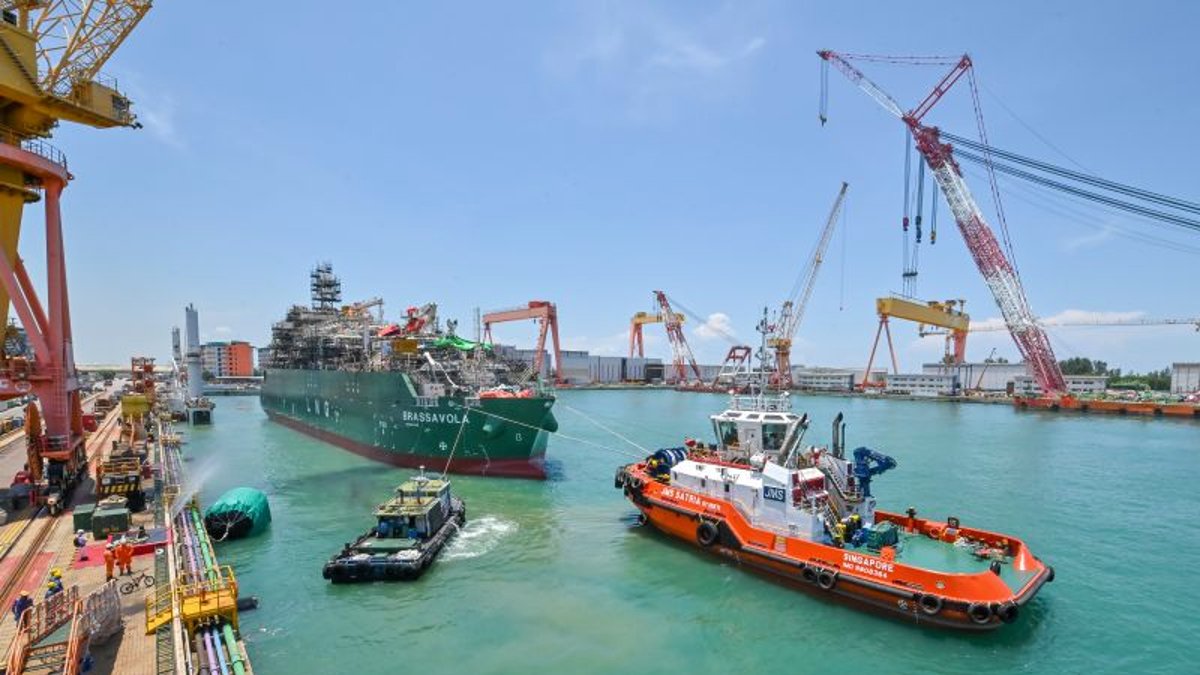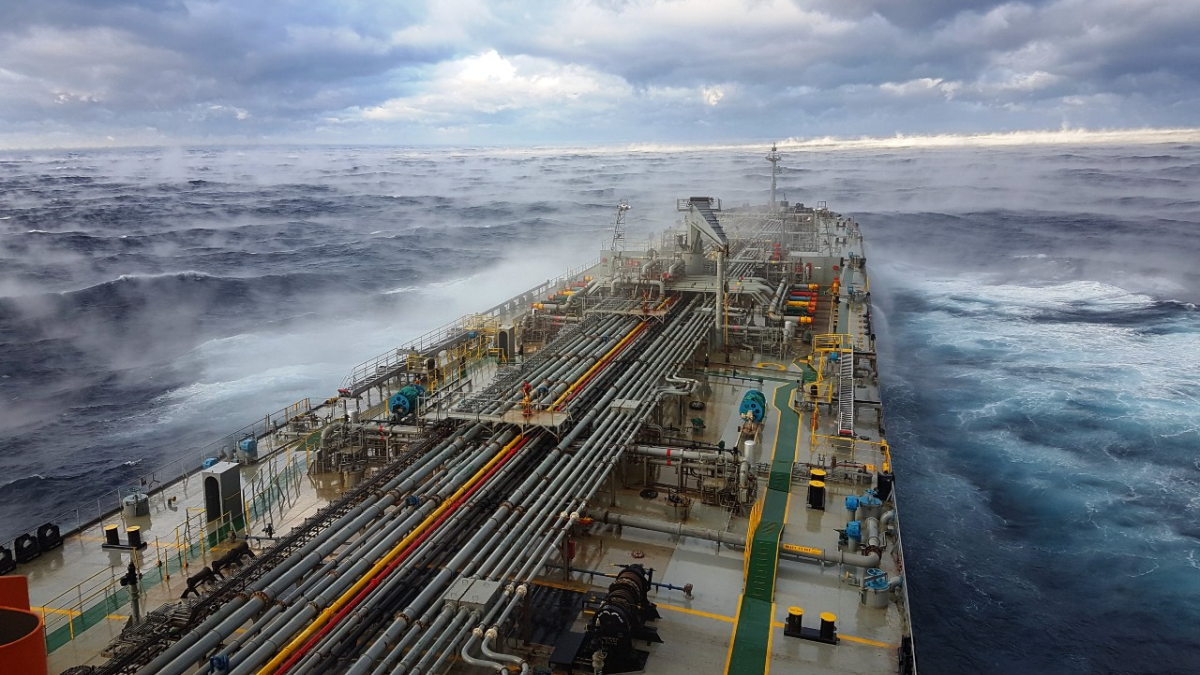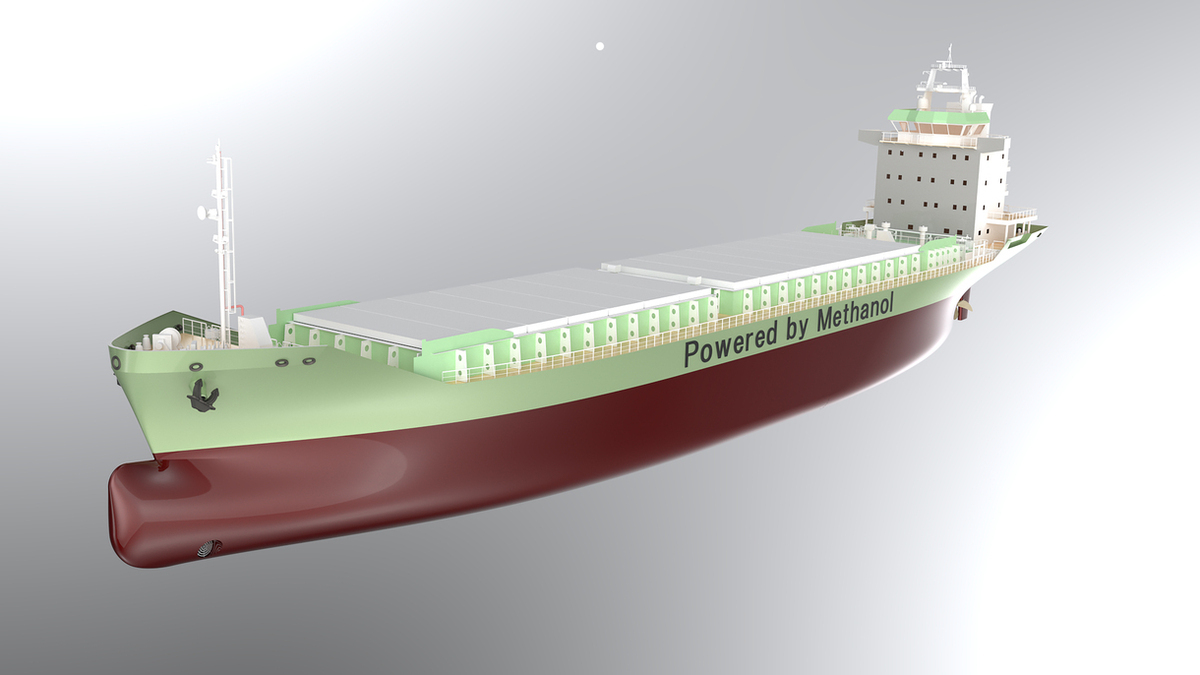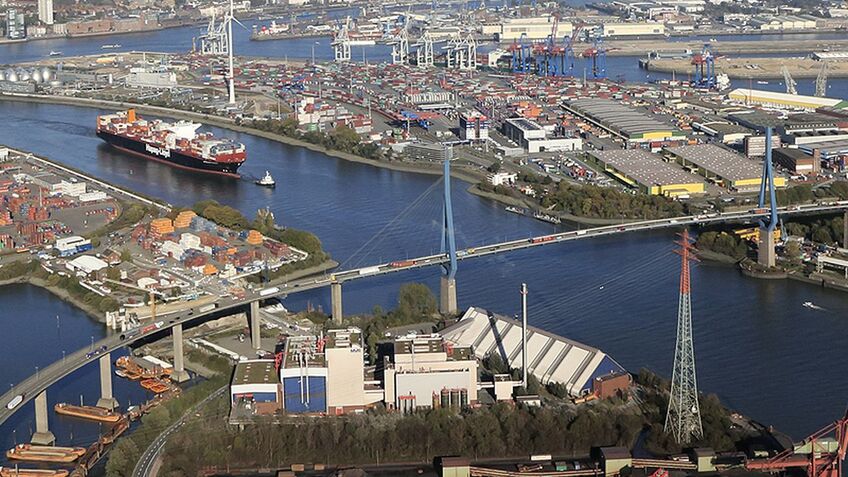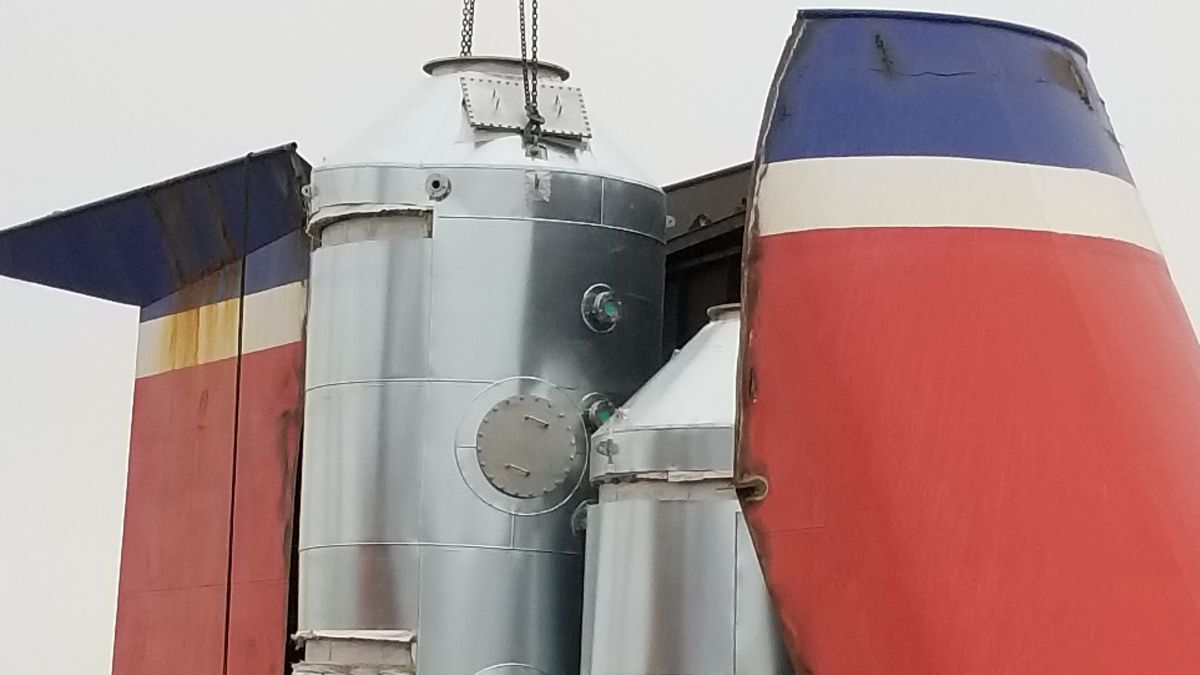Business Sectors
Events
Contents
Untreated ballast water blamed for Finnish 'moss animal'
A group of aquatic invertebrate animals known as Bryozoa or ’moss animal’ are moving north through the Finnish lakes system, having been introduced via untreated ballast water
The moss animal (Pectinatella magnifica) was first seen 20 years ago in the Karelian region that borders Russia and the Baltic Sea. It usually attaches itself to structures like jetties or rocks and the colony can grow to a considerable size.
It is believed they were brought into the southern end of the extensive Finnish lake system via ballast water in ships. Once the moss animal becomes detached from the structure it can drift for considerable distances.
The warm temperatures so far this year has allowed Pectinatella magnifica to survive further north. Once the water temperature starts to fall, the moss animal forms reproductive pods which attach to jetties, anchor chains and semi-submerged logs, or even birds. Once the water temperature falls below 12°C the moss animal dies, but not before spreading the pods.
The moss animal has been found as far north as Tampere and is considered an invasive species. Fisherman and sailors who find the animal in the lakes are asked to lift it out and bury it to prevent the spread of this unusual animal throughout the lake system.
Related to this Story
Events
Maritime Cyber Security Webinar Week
International Chemical & Product Tanker Conference 2024
Marine Propulsion: Fuels Webinar Week
How enhanced connectivity is propelling maritime into the AI era
© 2023 Riviera Maritime Media Ltd.




